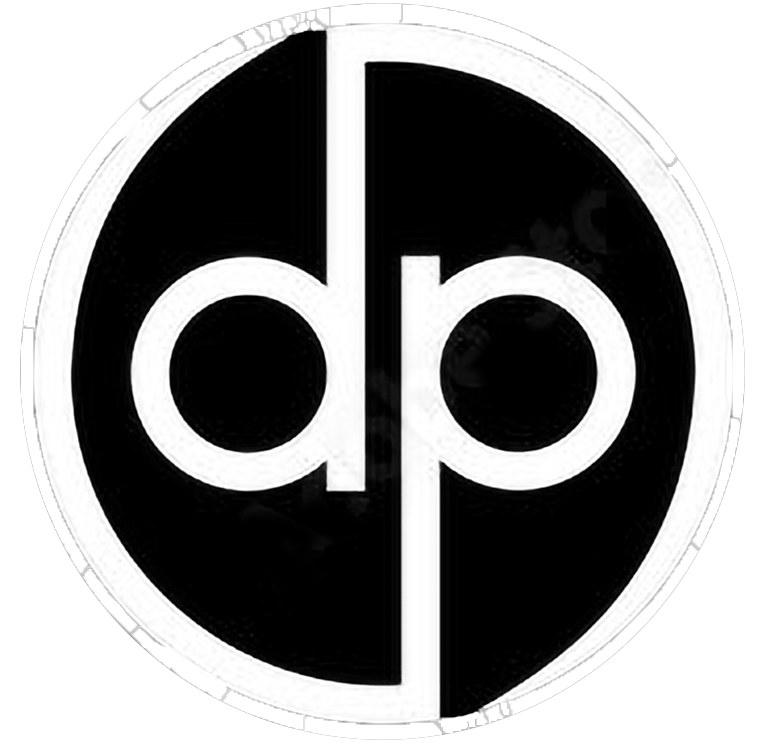A Very Brief History of Advent and Christmas
For most people, “Christmas Season” represents
fond childhood memories, snuggling by a fireplace, singing carols, and the
promise of desired presents. Non-Christians celebrate Christmas Season
beginning the day after Thanksgiving (“Black Friday”) and ending on December
25. That is, for most people, “Christmas season” is over on December 26. People
just look forward to New Year’s Eve after that date.
However, the Church follows a liturgical
calendar which is divided by themes which revolve around the life of Jesus (Ordinary
Time, Advent, Christmas, Lent, Easter, Pentecost). Each season represents a
rich heritage of learning and reflection
on the Christ event.
WHAT’S IN A
NAME?
 Advent
(from the Latin, adventus, which
means “coming” or "arrival") is the season which begins the Sunday nearest November 30 until
December 24. Churches use different symbols for the season of Advent, but they
usually involve symbolic candles, particular Bible verses, and seasonal colors.
This season, like Lent, is to be a time of preparation: full of prayer,
fasting, repentance, and reflection. Advent reflects on two aspects of Jesus’s
coming: (1) the first time the Son of God came in frail, human form in
Bethlehem; and (2) His second coming in glory and lordship over all creation. To
say it another way, Advent celebrates
His first coming; it anticipates His second coming.
Advent
(from the Latin, adventus, which
means “coming” or "arrival") is the season which begins the Sunday nearest November 30 until
December 24. Churches use different symbols for the season of Advent, but they
usually involve symbolic candles, particular Bible verses, and seasonal colors.
This season, like Lent, is to be a time of preparation: full of prayer,
fasting, repentance, and reflection. Advent reflects on two aspects of Jesus’s
coming: (1) the first time the Son of God came in frail, human form in
Bethlehem; and (2) His second coming in glory and lordship over all creation. To
say it another way, Advent celebrates
His first coming; it anticipates His second coming.
The
term, “Christmas,” is an Old English expression for “Mass of Christ” (Cristes Maesse). The Western and Eastern Churches disagree
over the exact time of Christmas. In
the Western Church, Christmas time (or “Christmastide”) begins on December 25 and ends
on January 6 (the Day of Epiphany). Hence, this is the origin of the “Twelve
Days of Christmas” tune.
WHEN WAS JESUS
BORN?
 No one knows the precise date of Jesus’s
birth. For the first few centuries of the Church, no one really cared about the
birth of Jesus; only his life, death, and resurrection was reflected upon. The
exact date of Jesus’ birth is debated, and before 525, there was no official
date adopted by the Western church (the “Western Church” includes most
Protestants and Roman Catholics around the world). The first reference to the birth of Jesus on Dec
25th might come from Theophilus of Antioch (171-183). Some ancient authors
agreed; others disagreed.
No one knows the precise date of Jesus’s
birth. For the first few centuries of the Church, no one really cared about the
birth of Jesus; only his life, death, and resurrection was reflected upon. The
exact date of Jesus’ birth is debated, and before 525, there was no official
date adopted by the Western church (the “Western Church” includes most
Protestants and Roman Catholics around the world). The first reference to the birth of Jesus on Dec
25th might come from Theophilus of Antioch (171-183). Some ancient authors
agreed; others disagreed.
WHY DECEMBER
25?
It was not uncommon to date Jesus’s birth in
association with the vernal equinox (or some other association with the Sun). The
vernal equinox in modern times is dated to March 20/21, though the ancient
people dated it to March 25. It marks the change from the longest night to the
gradual elongation of daylight hours. In the same way, the conception or birth
of the Son of God brings “light” to a dark world. For example, a Latin author
argues in De Pascha computus (written
ca. 243) that the first day of creation was March 25. The author assumes that
Jesus must have been born on the same day as the creation of the sun, which is
on the fourth day, which would mean March 28.
Other authors believed that since the first
day of the universe’s creation was March 25, it must be the case that Jesus,
“God’s new creation,” must have also been conceived on March 25. This would
date Jesus’s birth nine months later, on December 25.
Other authors agreed with their Jewish
counterparts that great prophets were conceived on the same day as their death.
And since many Christians believed that Jesus died on March 25, then he must
have been born on March 25.
Other authors dated Jesus’s birth to various
days in spring, such as April 2, 19, or May 20. To read more on this issue, see
Joseph F. Kelly, The Origins of Christmas
or Susan K. Roll, Toward the Origins of
Christmas.
It is often argued by skeptics that
Christmas is simply a pagan festival because the Roman celebration, Sol Invictus, was held on Dec. 25. It is
argued that Christians simply “baptized” that pagan festival. It is true that Sol Invictus, the “Unconquered Sun” festival dedicated to the sun
god on Dec. 25th by the Romans, fought for religious attention in
the Empire. However, the Christian dating for Dec. 25th had already been suggested by the time the Sol Invictus was established in 274 by
Emperor Aurelian.
Finally, because there were shepherds in
their fields (Luke 2:8), which could take place during the winter months, having
Jesus born in mid-winter is possible.
BUT WHEN DID
THEY START CELEBRATING A CHRISTMAS FESTIVAL?
The roots of having a festival celebrating the birth of Jesus begins in controversy. A
sect of Gnostic Christians existed in the early second century in Alexandria, Egypt,
led by Basilides. This group believed that Jesus was not born divine. Instead, the divine Word united with a human Jesus at
His baptism. They believed Jesus’s baptism was the first time the divine Word appeared on Earth. This festival was
called “Epiphany,” since this is a Greek word for “appearance.” They celebrated
this festival on Jan. 6.
Orthodox churches argued that the divine
Word first appeared on Earth at Jesus’s birth,
not his baptism. So, many churches celebrated Jesus’s birth and baptism on Jan.
6. In fact, to this day, the Orthodox church celebrates Jesus’s birth and
baptism on Jan. 6. The Western church would separate these events: Dec. 25 for
His birth; Jan 6 for the visit of the Magi or His baptism (depending on the Church).
In the Western church, Dec. 25, 1 AD, was
not standardized until 525, when Pope John I commissioned the monk, Dionysius
Exiguus, to make a standard calendar for the Western Church. Unfortunately, his
calculation of years was off by nearly five years (Jesus was born between 6-4
BC), and there is no way to know what precise day Jesus was born.
WHO’S THIS
ST. NICK CHARACTER?
 The chief figure of the secular celebration,
Santa Claus, is based upon a Christian saint, St. Nicholas. Nicholas was born
in the third century on the southern coast of Turkey in Patara. He was
eventually made bishop of Myra, where he constantly took care of the poor, the
sick, and children. He was exiled and imprisoned under Diocletian’s rule. After
being released, he attended the Council of Nicaea in 325. He died Dec. 6, 343,
which is celebrated at St. Nicholas Day. He is buried in Demre, Turkey (ancient
Myra).
The chief figure of the secular celebration,
Santa Claus, is based upon a Christian saint, St. Nicholas. Nicholas was born
in the third century on the southern coast of Turkey in Patara. He was
eventually made bishop of Myra, where he constantly took care of the poor, the
sick, and children. He was exiled and imprisoned under Diocletian’s rule. After
being released, he attended the Council of Nicaea in 325. He died Dec. 6, 343,
which is celebrated at St. Nicholas Day. He is buried in Demre, Turkey (ancient
Myra).